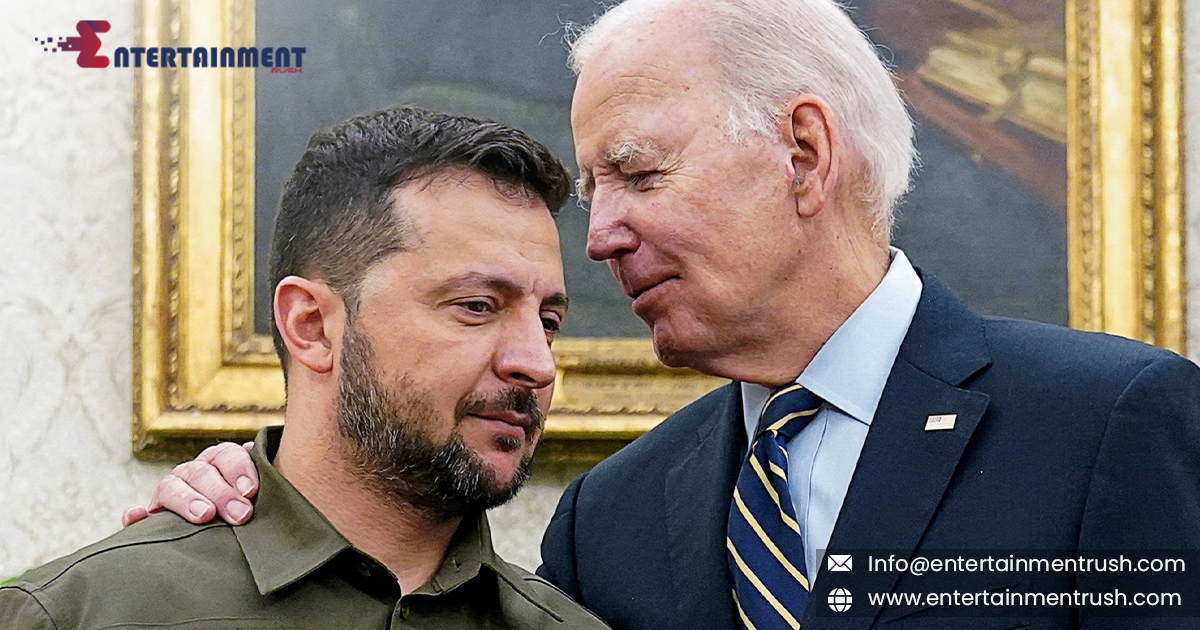President Joe Biden has long been a staunch supporter of Ukraine in its fight against Russia, providing significant military and economic aid throughout the war. Yet, one key issue remained unresolved: the use of US-provided long-range missiles, specifically the Army Tactical Missile Systems (ATACMS), on Russian territory. Despite warnings from Moscow, which warned that using these missiles against targets within Russia’s borders would cross a dangerous red line, Biden held firm.
But now, with just over two months left in his presidency, the Biden administration has dramatically shifted its stance. According to US and Ukrainian officials, the first ATACMS strikes have already been carried out in Russia’s Bryansk region, signaling a “new phase” in the conflict. This move has sparked immediate questions: why now?
Key Factors Driving Biden’s Decision
Several reasons may have influenced this significant policy shift. Experts point to multiple factors that have likely converged to bring about this decision.
Shifting Battlefield Realities: One major consideration is the evolving situation on the ground. Ukrainian forces have successfully launched incursions into Russian-held territories like the Kursk region, where they’ve been able to hold onto key positions. The presence of Ukrainian troops in Russian territory has become a critical bargaining chip for future negotiations. In response, Russia has deployed around 10,000 North Korean soldiers to the region to combat Ukrainian forces, prompting concerns about further escalation. By permitting the use of ATACMS, Biden may be seeking to address these new dynamics and reinforce Ukraine’s position.
Political Calculations: With the looming prospect of a second Trump presidency, Biden’s move could be aimed at solidifying Ukraine’s position before potential future negotiations. Donald Trump has expressed skepticism about US support for Ukraine and has suggested that his administration could push for a peace deal that favors Russia. Some analysts speculate that Biden’s decision was intended to strengthen Ukraine’s bargaining power, ensuring it remains a priority for the US even if the political landscape changes dramatically under Trump’s leadership.
Responding to Russia’s Escalation: Biden’s decision may also be seen as a response to Russia’s escalating actions, including the deployment of foreign troops to reinforce its defensive lines. The new use of ATACMS could be seen as a necessary escalation to counter these mounting Russian threats.
What Biden’s Administration Has Said
Although the Biden administration has yet to make an official statement confirming the policy change, multiple anonymous officials have detailed the shift to US media outlets. Reports suggest that ATACMS will be used primarily around the Kursk region, where Ukrainian forces have maintained their ground despite Russian efforts to expel them.
Ukrainian President Volodymyr Zelenskyy had long requested permission to strike Russian territory with US-supplied weapons. His pleas intensified following Ukraine’s successful incursion into the Kursk region, which Ukrainian officials view as a key tactical advantage in negotiations with Russia.
The Trump Factor: Strengthening Ukraine’s Hand
As Biden’s term winds down, the growing influence of Donald Trump looms large. Trump’s rhetoric has often suggested a more isolationist stance, with an emphasis on ending the war and questioning the extent of US involvement in Ukraine. The timing of Biden’s decision raises the possibility of strengthening Ukraine’s position before Trump potentially enters office with different priorities.
Aaron David Miller, a senior fellow at the Carnegie Endowment for International Peace, notes that if the ATACMS contribute to holding back Russian advances in the Kursk region, it could enhance Ukraine’s bargaining power. At the same time, it might force Trump into a difficult position with his own political base, which may still favor a strong stance against Russia.
Opposition and Concerns
Trump’s supporters have been vocal in their opposition to Biden’s shift. His allies argue that the decision is a deliberate attempt to escalate the conflict before Trump can take office. Donald Trump Jr. claimed that the move was designed to provoke World War III, while Representative Mike Waltz criticized it as an unnecessary escalation. Other Trump backers have echoed concerns that Biden is dangerously increasing the stakes of the conflict.
However, analysts such as Michael O’Hanlon of the Brookings Institution have downplayed the idea that this represents a dramatic shift in US policy. He argues that the Biden administration’s approach has been one of gradual escalation, noting previous delays in approval for heavy weapons like M1 Abrams tanks and F-16 fighter jets. O’Hanlon believes that the use of ATACMS is simply the latest in a series of responses to Russian provocation.
Could Biden’s Move Backfire?
Moscow has already issued stern warnings about the consequences of Ukraine striking Russian soil with Western weapons. Russian President Vladimir Putin has repeatedly stated that such actions would dramatically escalate the war, potentially drawing NATO into direct confrontation. In response to the recent use of ATACMS, Russia has raised its threshold for nuclear weapons use, signaling the heightened risks associated with this escalation.
Some analysts, however, believe the risk of a direct confrontation with the US remains unlikely, especially given that ATACMS have limited range and their use thus far has been somewhat constrained. Nonetheless, concerns about further escalation—both on the battlefield and in the political realm—remain a real possibility.
The Biden administration’s decision to approve the use of ATACMS against Russian targets marks a significant pivot in the ongoing Ukraine conflict. While the change reflects shifting battlefield realities and potential political calculations surrounding the upcoming US election, it also carries considerable risks. With tensions mounting between the US, Ukraine, and Russia, this new chapter could have lasting implications for the war’s trajectory and the future of US foreign policy.




Leave feedback about this